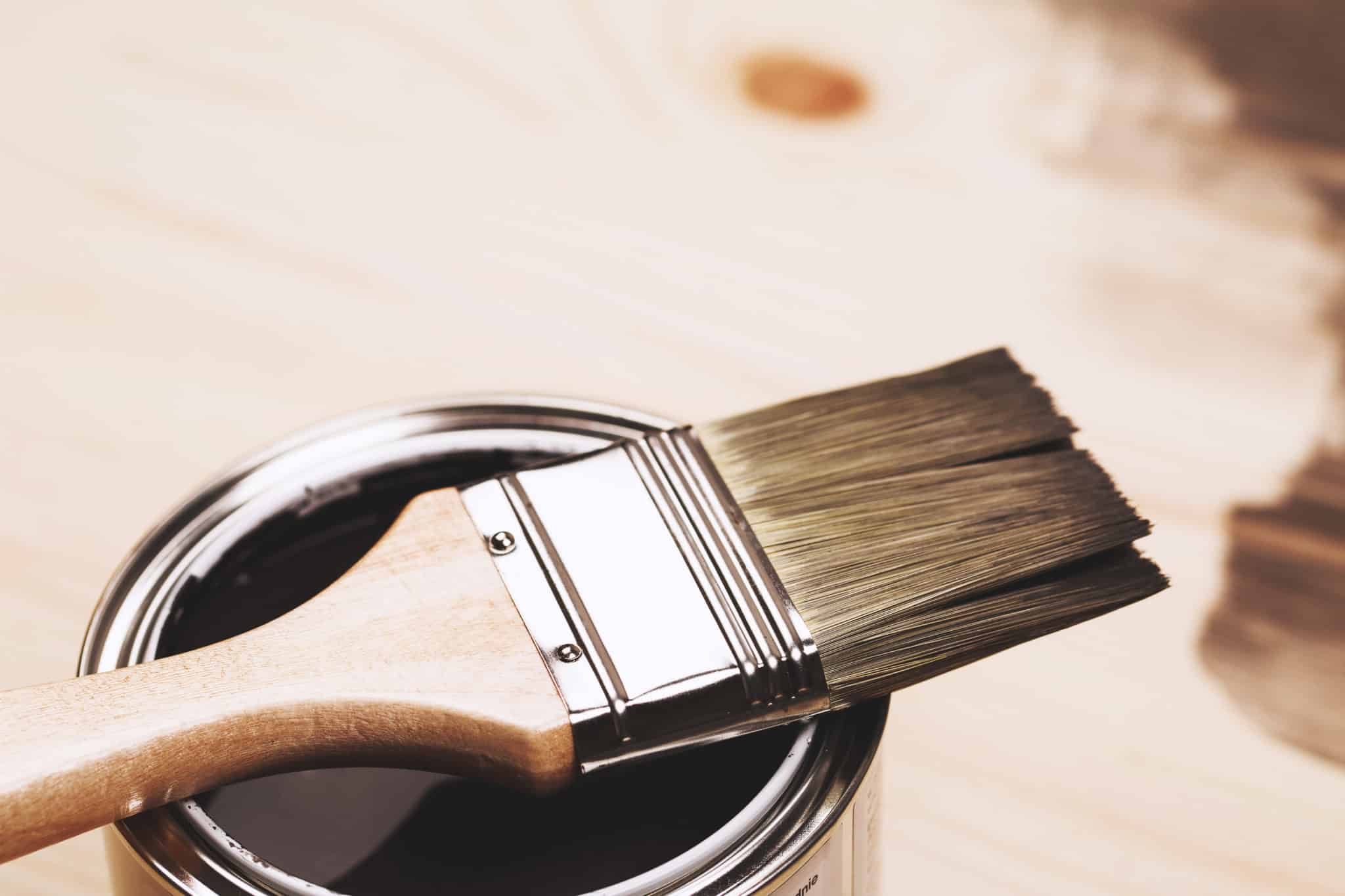Over time, shipping containers may show signs of wear since they are constantly amidst the elements. A fresh coat of paint is the ideal and most efficient method to revitalize your container while also giving it a pleasing appearance. Additionally, a fresh coat of paint adds an extra layer of protection between your container’s steel and the harsh elements. Finally, painting shipping containers provides durability, safeguarding the integrity and strength of the metal by keeping it free from rust.
Painting shipping containers, on the other hand, isn’t always as simple as it appears. This article will walk you through the basics of painting shipping containers.
The Right Type of Paint for Shipping Containers
Marine-grade direct-to-metal (DTM) waterborne paint is the best paint for shipping containers. This industrial paint is an interior-exterior, corrosion-resistant, water-based acrylic coating. Just like the name suggests, DTM paints are specifically made to be compatible with metal to ease many of the issues painters experience while trying to cover the metal with standard coatings.
DTM paints are composed of multiple resins. The type of resin used in the paint determines the finished product’s durability, color retention, and gloss level. Generally speaking, more expensive is not always better when it comes to DTM paints—make sure to choose a high-quality paint for your shipping container that will stand up against UV rays, heat and moisture.
How to Prep the Surface Before Painting a Shipping Container
Properly preparing your shipping container before painting is important to achieving a smooth, long-lasting finish. Here’s how to get your container ready:
- Remove any shipping line markings:
Use a razor blade to scrape off the markings. For stubborn areas, a heat gun can help loosen the material for easier removal. - Clean the container thoroughly:
Wipe down the surface with a cleanser appropriate for the container’s material. If you have a pressure washer, this step becomes much quicker and more effective. - Avoid sandblasting:
Sandblasting can strip away the container’s original rust-resistant zinc coating and marine-grade protective paint, leaving it vulnerable to damage. - Address rust spots:
Once the container is dry, tackle any rust using a wire brush. If needed, you can also apply rust removal chemicals to ensure a clean, smooth surface. - Ready to paint:
After completing these steps, your container is prepped and ready for painting.
By following these steps, you’ll create a well-prepared surface that allows your paint to adhere properly and ensures a durable, professional finish.
How to Paint a Shipping Container
When it comes to painting your shipping container, you have two main options: rolling or spraying. Industrial paint sprayers can significantly speed up the process, delivering a smooth, even coat in less time. However, if a sprayer isn’t available, a can of paint and a paintbrush can get the job done, albeit with a bit more effort.
If you’re planning to paint the container yourself, here are some helpful tips to guide you:
- Prep the surface:
Ensure the container is clean, dry, and free of rust for the best results. - Mark off non-paint areas:
Use masking tape or paper to cover areas that you don’t want painted. - Protect nearby objects:
If your container is near your car or other items, cover them with plastic sheeting to shield them from overspray. - Mind the weather:
Avoid painting on windy days, as the wind can cause the paint to dry mid-air, resulting in a textured, uneven finish. - Choose your tools wisely:
Commercial painters often prefer industrial-strength rollers, which apply paint evenly and efficiently across the container’s steel surface.
Also, note that there is no need to prime the surface when you’re painting your shipping containers. However, if you do decide to use a primer, make sure it’s suitable for metal. The best primers for painting shipping containers ensure that all rust and dirt are removed from the surface before painting begins.
What are the best colors to choose?
While painting shipping containers is a matter of preference, most people choose a paint color that contrasts with the environment they plan to use it. A good rule of thumb is to stick with darker colors if the container is in an area with intense sunlight and lighter colors if the container is in a shaded area. In addition, marine containers are often red to make them easier to see at sea.
There is a wide range of colors to choose from. Therefore, it’s essential to be aware of:
- Lighter colors — typically, light colors need more coats of paint to get the right coverage, and they tend to show dirt or marks more easily.
- Darker colors — a dark color might make the interior of your shipping container feel hotter, especially in summer; however, they hide imperfections better compared to lighter colors.
For these reasons, going for a more neutral shade that requires fewer touch-ups and less cleaning is more recommendable.
What You Need to Know About Painting Shipping Containers
With the above information, painting your shipping containers becomes a bit easier.
Painting a shipping container may be difficult, so it’s best to seek expert help. This is because a knowledgeable professional understands how to best paint a shipping container and which long-lasting materials are most suitable.
If you still have any questions about painting your shipping containers or shipping containers in general, don’t hesitate to contact us today. We are Oklahoma shipping container experts and are always ready and glad to serve our customers!

